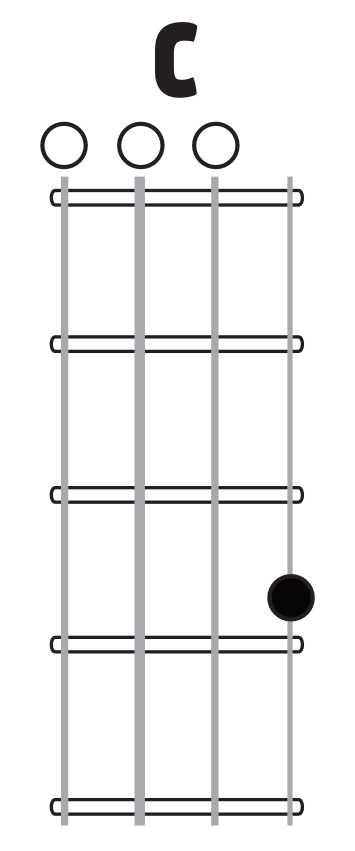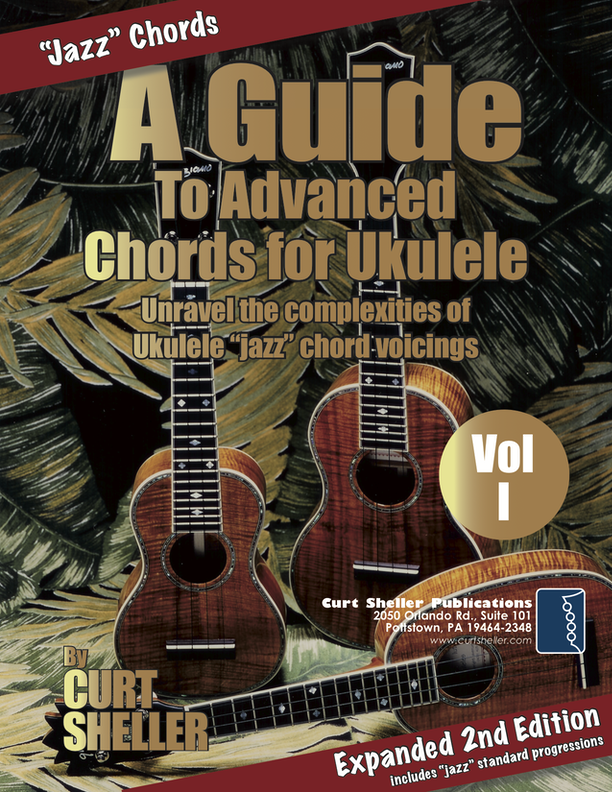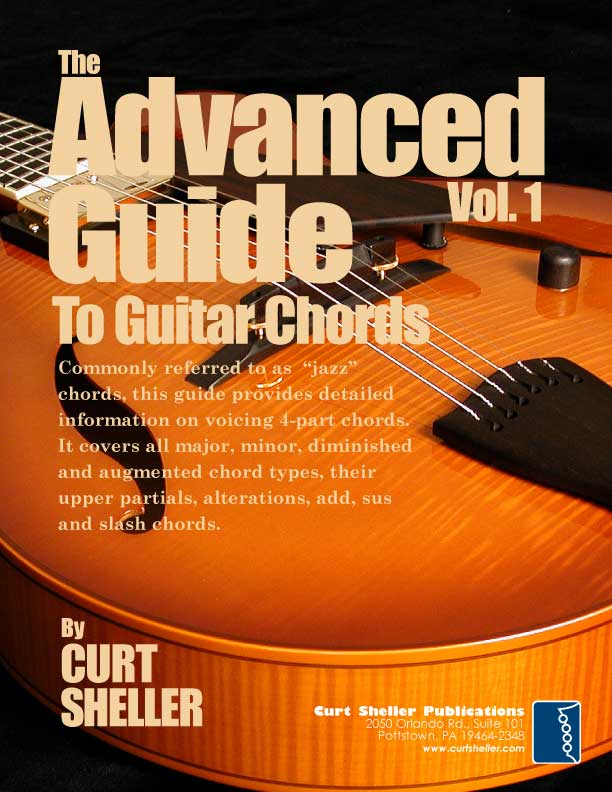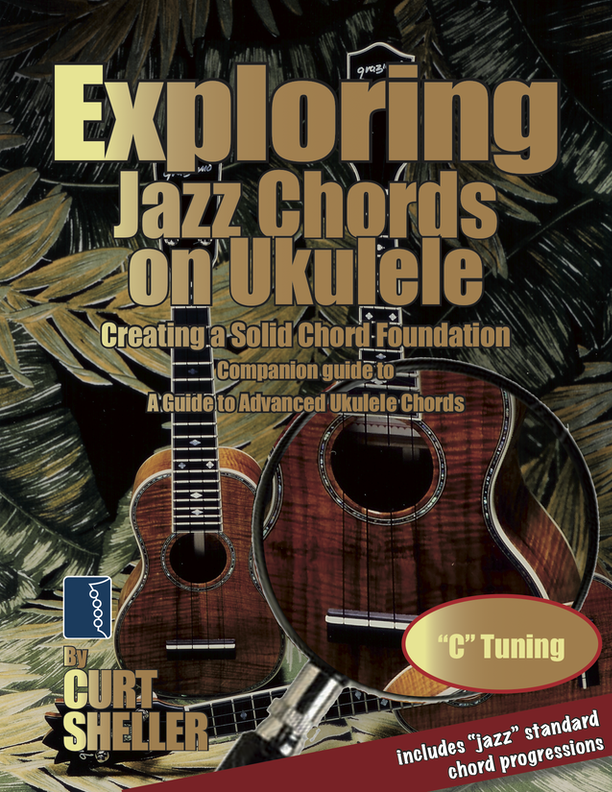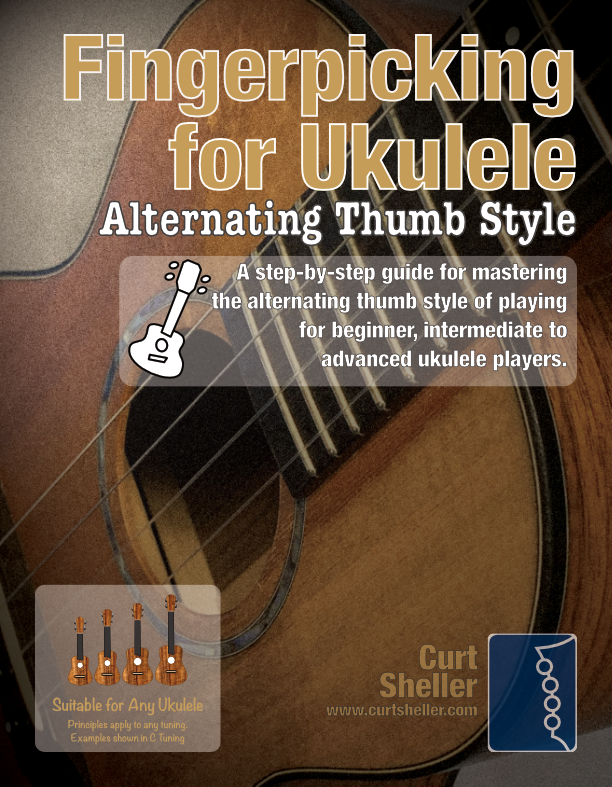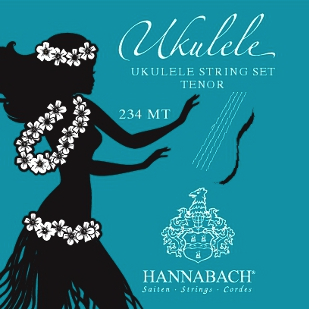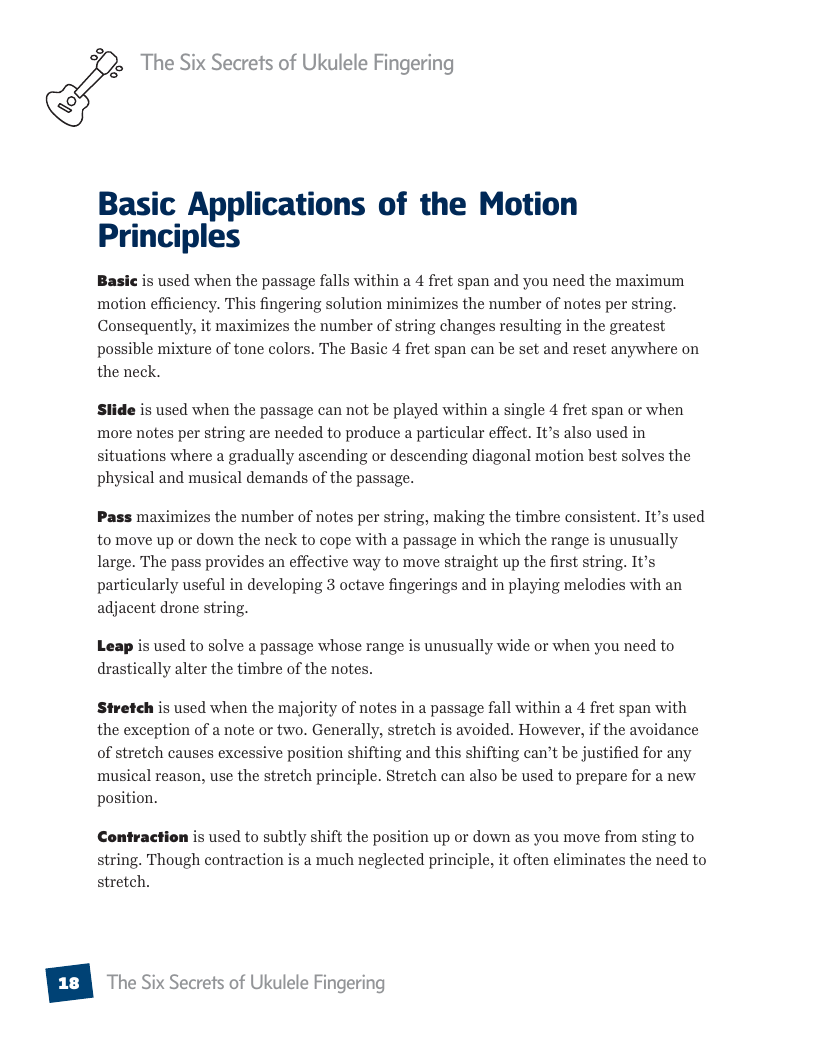Share Six Secrets of Ukulele Fingering - Introduction
on:
Bluesky
•
facebook
•
twitter (X)
LESSONSeries : Six Secrets of Ukulele Fingering Series
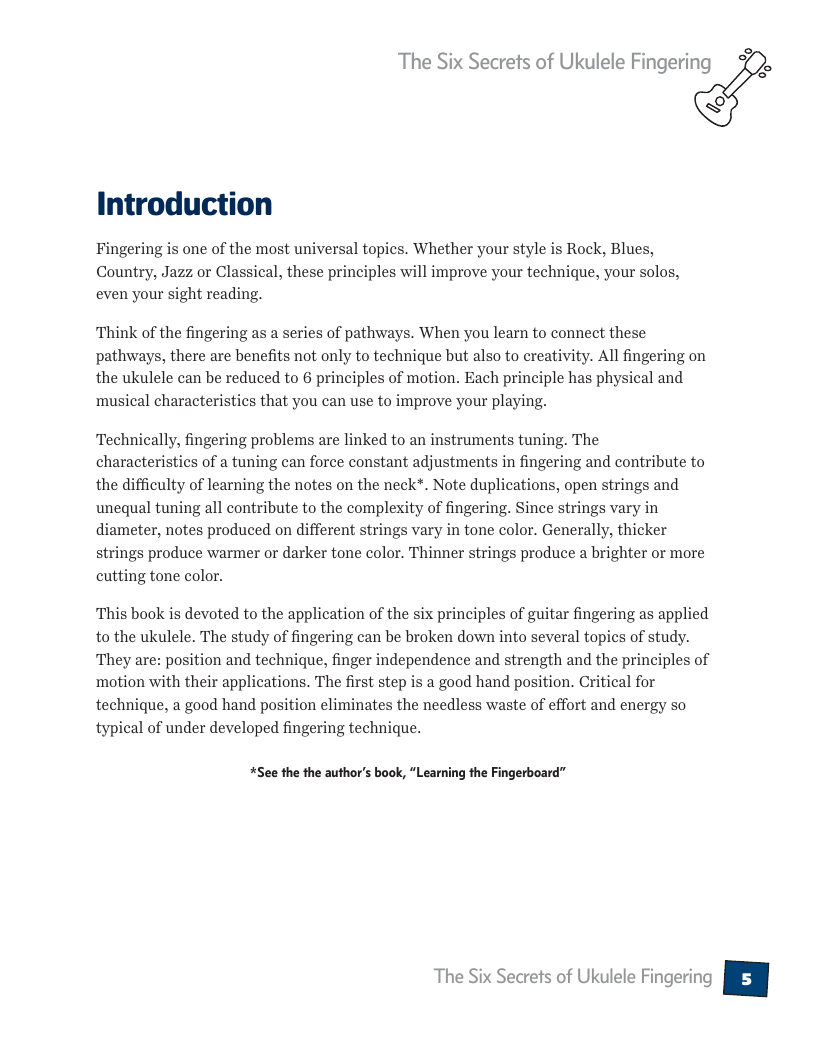



All 2 sample page(s) are viewable on-line.
If you're a registered site member, have verified your email address, and have the correct permissions you can view ALL the pages of this PDF or Samples pages at a larger size using the LearningUkulele.com Online PDF Viewer .
This Download is NOT part of your LearningUkulele.com membership level.
Sign-up for Premium Site Access or Upgrade Your Plan your current access level to download this PDF or your can purchase a copy for download.
After purchasing a PDF , a download link or PDF will be sent to you within 48hrs.
Contact LearningUkulele.com if there are any issues.
Each PDF file is a formatted, high resolution file that prints out great. You'll need a PDF Reader or application capable of viewing PDF files to view the PDF.
NOTE: Download the current PDF file for the latest, complete, and most up-to-date version. As well as additional information not presented on-line.
Members and Active Students need to sign-in to download this lesson's PDF for the complete lesson.
Six Secrets of Ukulele Fingering - Introduction
Fingering is one of the most universal topics. Whether your style is Rock, Blues, Country, Jazz or Classical, these principles will improve your technique, your solos, even your sight reading.
Additional Content
Available for Premium Site Access Plans Only
Sorry, can't give it ALL away!
This content requires a Premium / Gold Access Plan or enrolled in the Study with Curt - On-line or Private Lesson Program.
To view additional content for this page you'll need to either Sign In or Register or Upgrade to a Premium Site Access Plan.
Think of the fingering as a series of pathways. When you learn to connect these pathways, there are benefits not only to technique but also to creativity. All fingering on the ukulele can be reduced to 6 principles of motion. Each principle has physical and musical characteristics that you can use to improve your playing.
Technically, fingering problems are linked to an instruments tuning. The characteristics of a tuning can force constant adjustments in fingering and contribute to the diTculty of learning the notes on the neck*. Note duplications, open strings and unequal tuning all contribute to the complexity of fingering. Since strings vary in diameter, notes produced on difierent strings vary in tone color. Generally, thicker strings produce warmer or darker tone color. Thinner strings produce a brighter or more cutting tone color.
This book is devoted to the application of the six principles of guitar fingering as applied to the ukulele. The study of fingering can be broken down into several topics of study. They are: position and technique, finger independence and strength and the principles of motion with their applications. The first step is a good hand position. Critical for technique, a good hand position eliminates the needless waste of efiort and energy so typical of under developed fingering technique.
Fingering is one of the most universal topics. Whether your style is Rock, Blues, Country, Jazz or Classical, these principles will improve your technique, your solos, even your sight reading.
Additional Content
Available for Premium Site Access Plans Only
Sorry, can't give it ALL away!
This content requires a Premium / Gold Access Plan or enrolled in the Study with Curt - On-line or Private Lesson Program.
To view additional content for this page you'll need to either Sign In or Register or Upgrade to a Premium Site Access Plan.
Think of the fingering as a series of pathways. When you learn to connect these pathways, there are benefits not only to technique but also to creativity. All fingering on the ukulele can be reduced to 6 principles of motion. Each principle has physical and musical characteristics that you can use to improve your playing.
Technically, fingering problems are linked to an instruments tuning. The characteristics of a tuning can force constant adjustments in fingering and contribute to the diTculty of learning the notes on the neck*. Note duplications, open strings and unequal tuning all contribute to the complexity of fingering. Since strings vary in diameter, notes produced on difierent strings vary in tone color. Generally, thicker strings produce warmer or darker tone color. Thinner strings produce a brighter or more cutting tone color.
This book is devoted to the application of the six principles of guitar fingering as applied to the ukulele. The study of fingering can be broken down into several topics of study. They are: position and technique, finger independence and strength and the principles of motion with their applications. The first step is a good hand position. Critical for technique, a good hand position eliminates the needless waste of efiort and energy so typical of under developed fingering technique.
Sign-IN — it's FREE — to view, un-blur any additional content for this lesson.
Download the PDF file for the latest, complete, and most up-to-date version. As well as additional information not presented on-line.
End of Lesson - Thanks, Hope You Enjoyed It!
Related Lessons, Videos, Lesson Series, Songs, Books & Reference Charts, Resources & Assets, Workshops are below.
Related Lessons
Related Lessons for Six Secrets of Ukulele Fingering - Introduction
.
Related Lesson Series
Related Lessons Series for Six Secrets of Ukulele Fingering - Introduction
.
Related Songs
Related Songs for Six Secrets of Ukulele Fingering - Introduction
.
Related Books & Charts
Related Books for Six Secrets of Ukulele Fingering - Introduction
.

Six Secrets of Ukulele Fingering
Updated: 04 Dec 2024
Learn the six fingering principles to navigating the ukulele fingerboard. Fingering is one of the most universal topics. Whether your style is Rock, Blues, Country, Jazz or Classical, these principles will improve your technique, your solos, even your sight reading. Think of fingering as a series of pathways. When you learn to connect these pathways, there are benefits not only to technique but also to creativity.
A Selection of Books & Reference Charts that are recommended for creating a solid foundation with your chosen instrument and music in general.




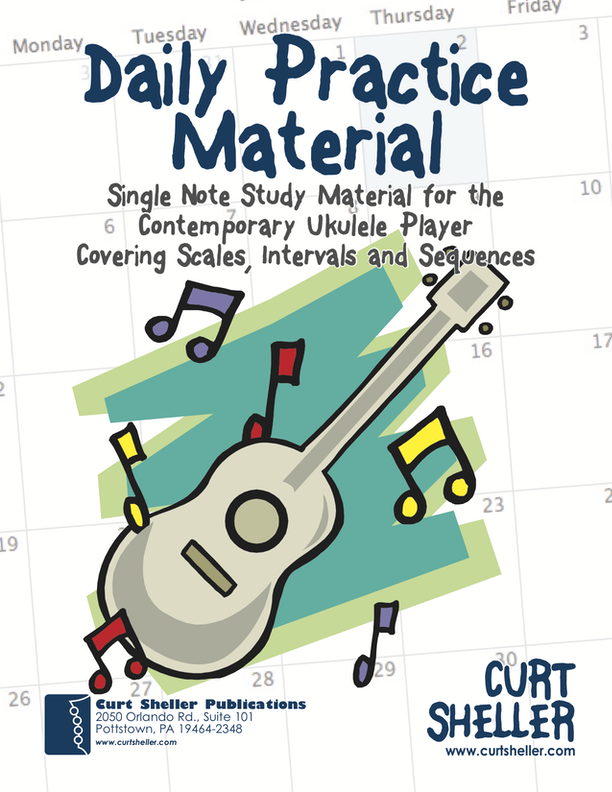
Checkout the Books for additional Handy, Dandy Reference Charts.
Reference Charts
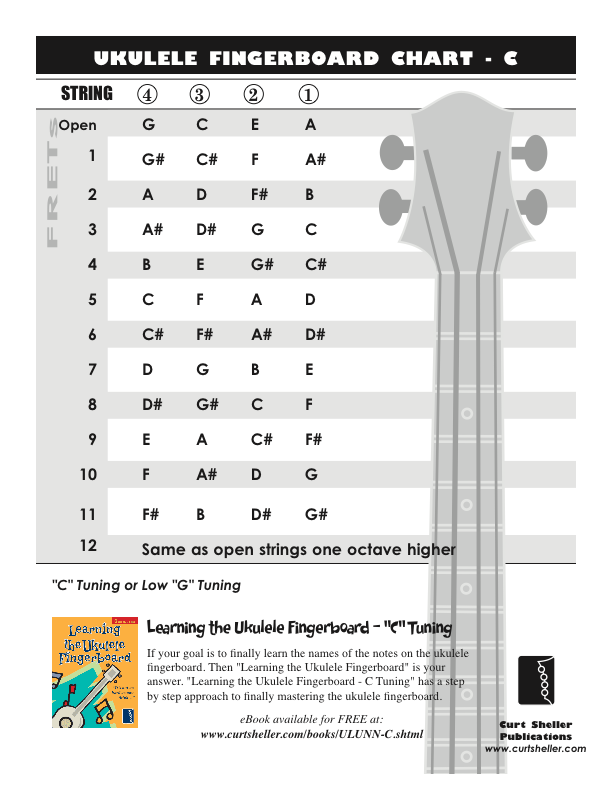
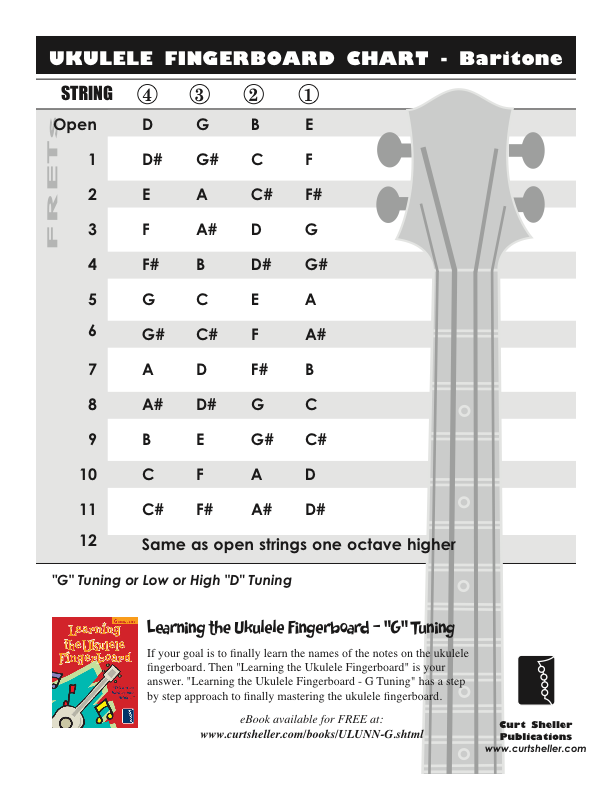

Key Signatures — Circle of Fourths and Fifths – ANSI A & A4 sizes
A handy reference chart of all 15 major and relative minor key signatures. US Letter 8.5 x 11 sized (ANSI-A), A4
Checkout the Books for additional Handy, Dandy Reference Charts.
